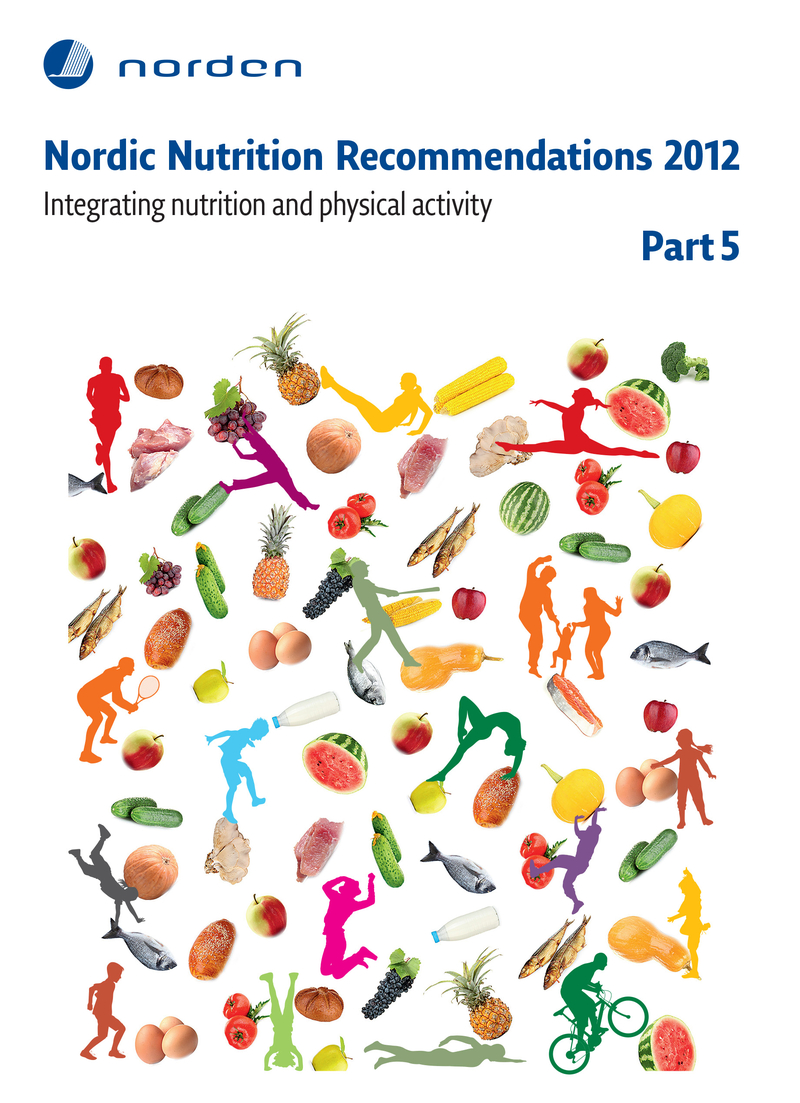Nordic Nutrition Recommendations 2012. Part 5
Calcium, phosphorus, magnesium, sodium as salt, potassium, iron, zinc, iodine, selenium, copper, chromium, manganese, molybdenum and fluoride

Information
Publish date
Abstract
The amount of calcium in the body at maturity is approximately 1,200 g and 1,400 g in adult women and men, respectively. Over 99% is found in teeth and bones, and the remainder is present as an easily exchangeable pool in the blood, extracellular fluid, and in all cells in the body. This free calcium plays vital roles in signal transduction both within and between cells, neuromuscular transmission, glandular secretion, and in a large number of enzymatic reactions. The concentration of calcium in plasma is kept constant within narrow limits (2.1–2.6 mmol/L). About half of this is in an ionised form and the other half is bound to albumin. Parathyroid hormone (PTH) and 1,25-dihydroxyvitamin D3 (1,25(OH)2D) are the most important hormones in the regulation of calcium homeostasis. They contribute to the maintenance of a constant calcium concentration in the plasma by regulating the influx and efflux of calcium in the intestine, bones, and kidneys. Maintenance of a constant concentration of ionised calcium is of vital importance, and calcium homeostasis is probably the most tightly regulated homeostatic mechanism in the body.In bones, calcium is almost exclusively in the form of hydroxyapatite (Ca10(PO4)6(OH)2). Adult bone tissue undergoes continuous remodelling through resorption by osteoclasts and formation of new bone by osteoblasts. The rate of exchange of calcium between bone and the exchangeable pool has been estimated to be about 700 mg/d. Bone formation exceedsbone resorption in children, and the rate of remodelling is higher in childrenthan in adults and it is higher in trabecular bones than in cortical bones.
Publication number
2014:007




